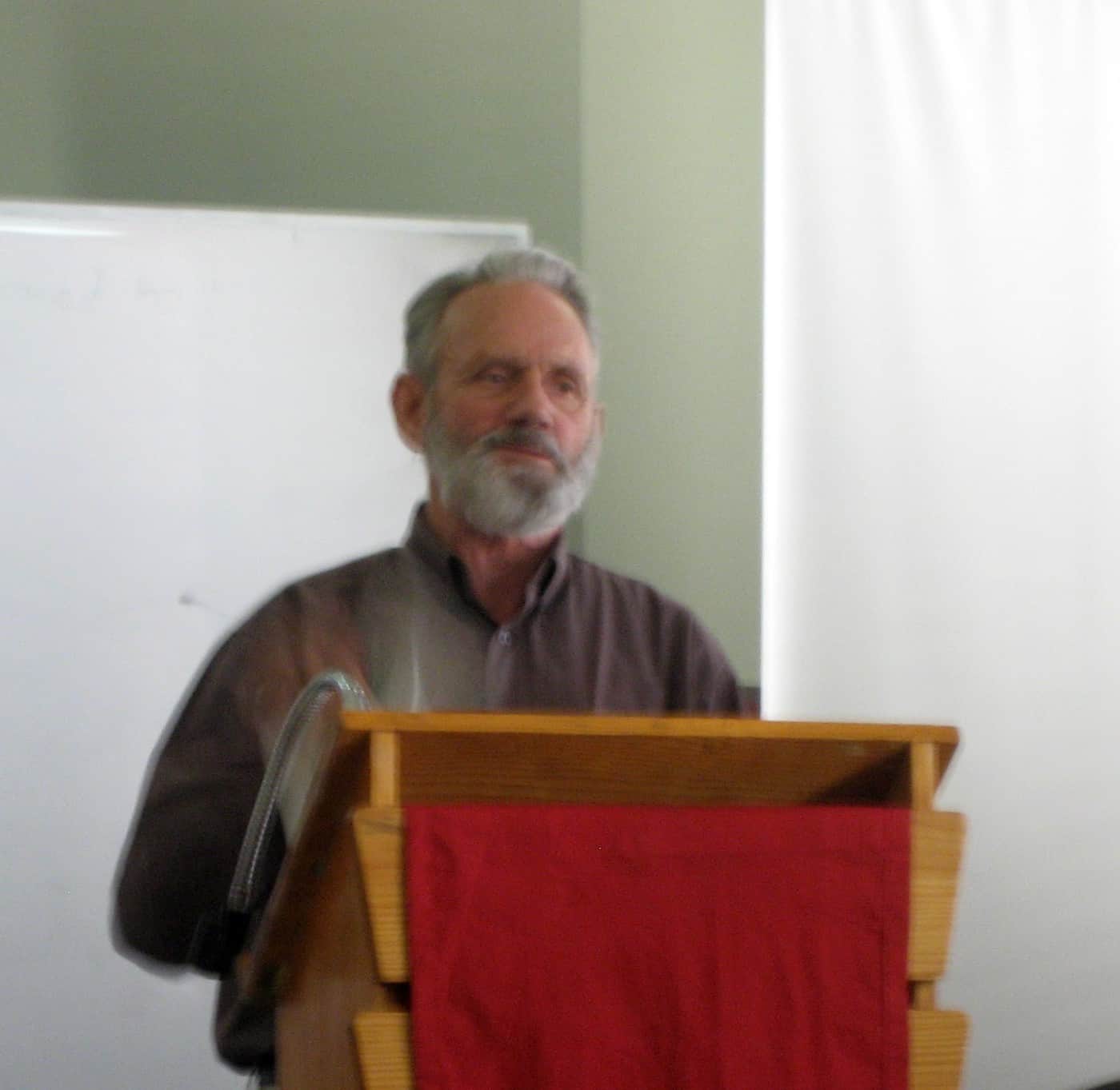On 15 February 2010 Safe Work Australia (SWA) released a report entitled “Asbestos Exposure and Compliance Study of Construction and Maintenance Workers“.
 It found, according to the SWA media release:
It found, according to the SWA media release:
- “Most tradespersons were aware of the potential health risks of asbestos.
- This high level of general awareness is not accompanied by the knowledge of how to recognise asbestos or control the risks when working with it. Continue reading “Asbestos awareness high. Safety? Not so”





